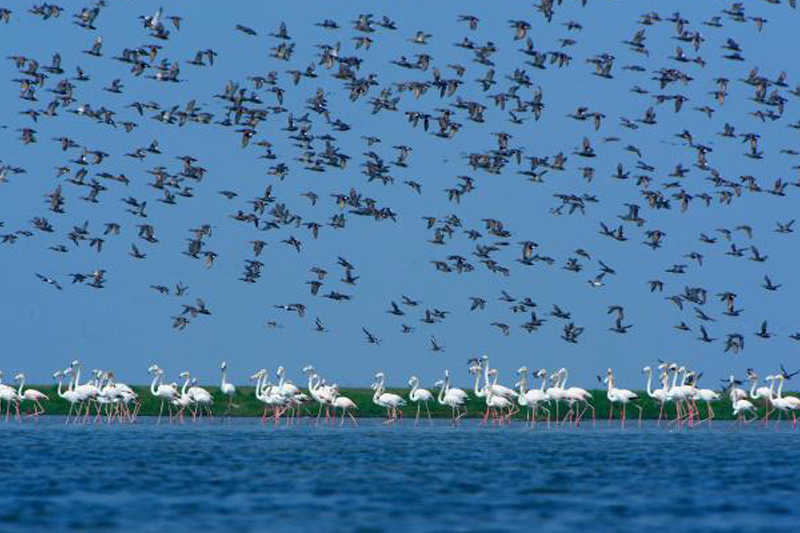Water Bodies: First Census Report
The Ministry of Jal Shakti conducted its first-ever census of water bodies in India between 2018-19. The objective of this census was to collect comprehensive data on all aspects of water bodies in the country, including their condition, encroachment status, and usage. The Water Bodies: First Census Report includes information on various types of water bodies, their distribution across different states and districts, and their current state.
Inclusions and Exclusions of the Census
The water bodies census included ponds, tanks, lakes, and reservoirs used for various purposes, including irrigation, domestic/drinking, industrial, pisciculture, recreation, religious, and ground water recharge. The census excluded oceans and lagoons, free-flowing rivers, swimming pools, covered water tanks, temporary water bodies, and open water tanks for cattle.
Definition of a Water Body
As per the Water Bodies: First Census Report, a water body is a structure used for storing water for various purposes, including irrigation, domestic/drinking, industrial, pisciculture, recreation, religious, and ground water recharge. It is a unit bounded on all sides with some or no masonry work.
Number of Water Bodies Enumerated
The census revealed that more than 2.4 million water bodies were enumerated in the country. South 24 Pargana in West Bengal had the highest number of water bodies, followed by East Godavari in Andhra Pradesh and Kutch in Gujarat.
Encroachment of Water Bodies
According to the report, 1.6% of the enumerated water bodies were encroached upon. Uttar Pradesh accounted for the highest number of water bodies under encroachment, followed by Karnataka and Kerala. More than 95% of the encroached water bodies were in rural areas, and almost 63% of them had less than a quarter of the area under encroachment.
Data Collection Methodology
The census data was collected through paper-based schedules and the use of smartphones to capture location and photos of water bodies. The collected data will help policymakers to formulate strategies for the conservation and rejuvenation of water bodies in the country.
Month: Current Affairs – April, 2023
Category: Reports & Indexes Current Affairs


